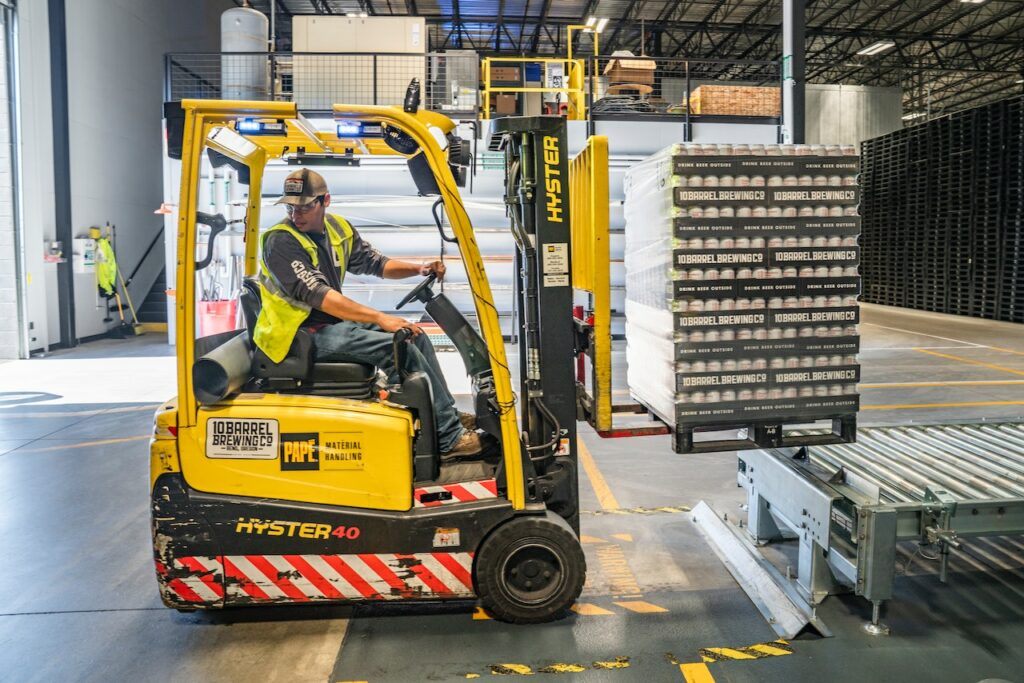Switching fulfillment partners is a critical decision for businesses, as it can impact customer satisfaction, delivery times, and operational efficiency. A smooth transition requires careful planning and coordination. Here’s a step-by-step process to guide you through this:
Analysis & Decision Making
- Evaluate Current Partner Performance: Understand the reasons you’re considering a switch. Are there frequent delays? Are costs increasing? Is customer satisfaction decreasing due to shipping issues?
- Research Potential Partners: Look for fulfillment companies that align with your business goals, capacity requirements, and budget.
- Due Diligence on the New Partner
- Check References & Reviews: Look for feedback from other companies that have used the potential new partner.
- Visit their Facility: If possible, personally visit the new fulfillment center to get a feel for their operations.
- Understand their Technology: Ensure they have the necessary technology and software that integrates with your systems.
Negotiation & Contracting
- Negotiate Terms: This includes pricing, service level agreements (SLAs), and any other specific requirements.
- Review Contracts Carefully: Ensure there are no hidden fees or clauses that can be detrimental later.
Inventory Transition Planning
- Audit Current Inventory: Before moving, know exactly what stock you have.
- Decide on Inventory Movement: Will you run down stock with your current provider before switching, or will there be a physical transfer of inventory to the new partner?
- Plan the Transition: Choose a date or timeframe. Consider slower business periods to minimize disruptions.
System Integration
- Data Transfer: Ensure all relevant data (product details, customer orders, etc.) is transferred to the new system.
- Integration Testing: Before going live, run tests to ensure that order processing, inventory updates, and other essential functions work seamlessly.
Training & Onboarding
- Staff Training: Ensure your team understands how to work with the new partner, especially if there are new systems or processes.
- Alignment Meeting: Meet with the new partner’s team to align on expectations, processes, and communication protocols.
Communication
- Inform Customers: If there might be any delays or changes in shipping processes, proactively inform your customers.
- Notify Other Stakeholders: This includes any internal teams, like customer support, who need to be aware of the switch.
Full Transition
- Move All Operations: We will help you with this process.
- Monitor Performance: Keep a close eye on the new partner’s performance, especially in the early days.
Review & Continual Improvement
- Regular Check-ins: Have scheduled reviews with your new partner to discuss performance and any potential improvements.
- Feedback Collection: Regularly collect feedback from customers regarding shipping and delivery to ensure the new partner meets expectations.
Remember, switching fulfillment partners is a significant move. While it can lead to better operational efficiency and customer satisfaction, it’s essential to approach the transition methodically to ensure success.
Receive a free quote and have someone walk you through the entire process today.


